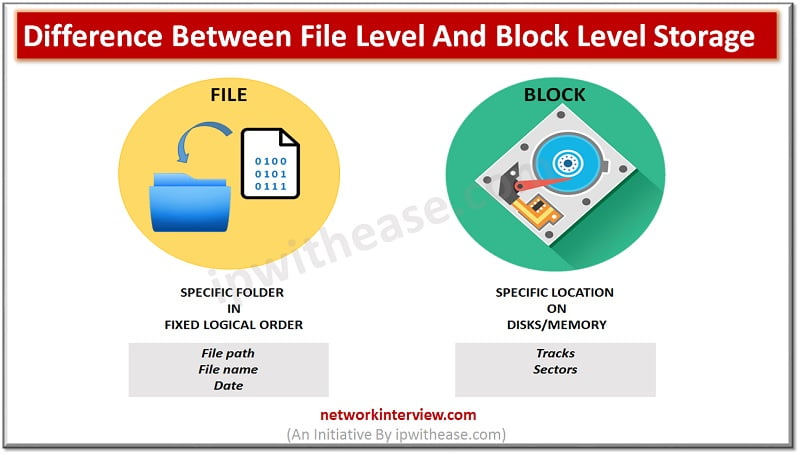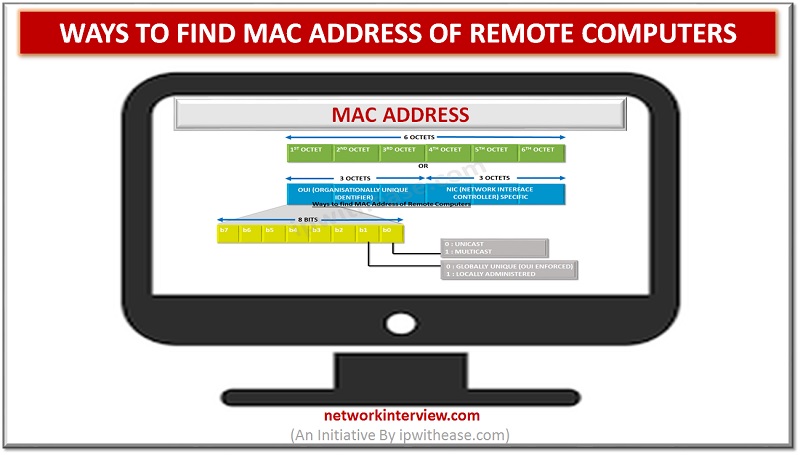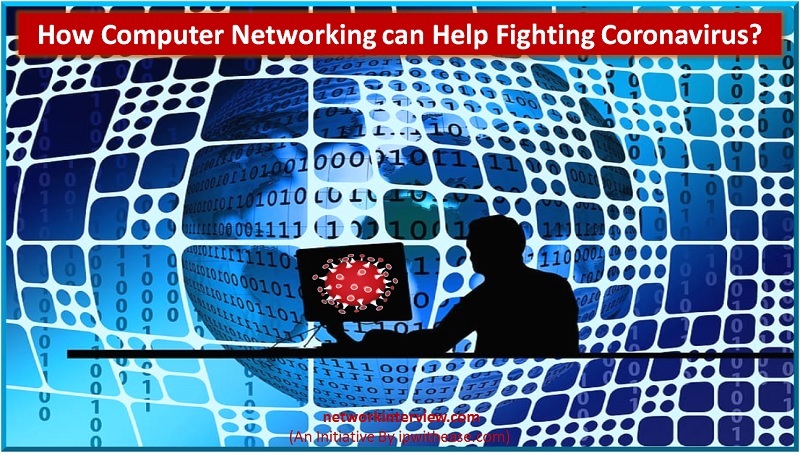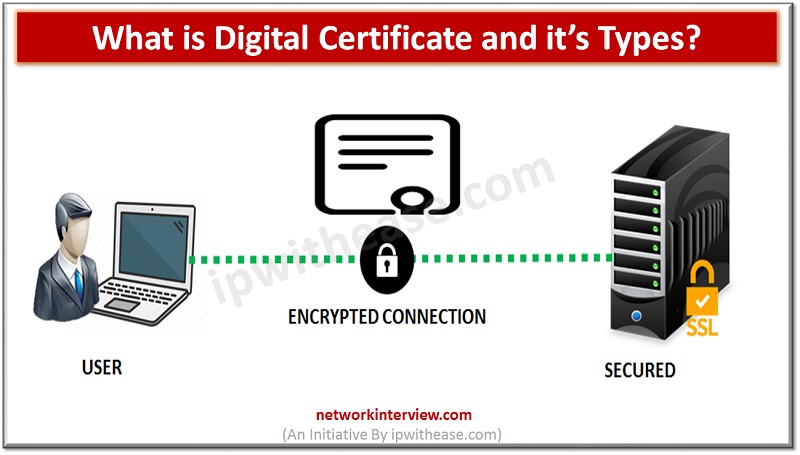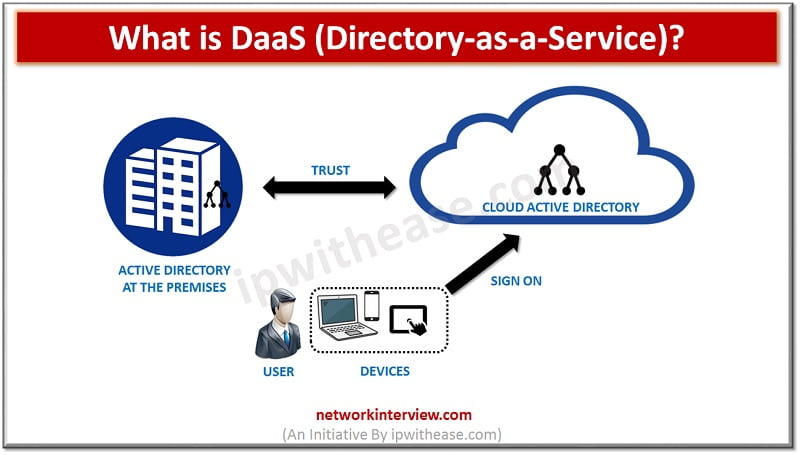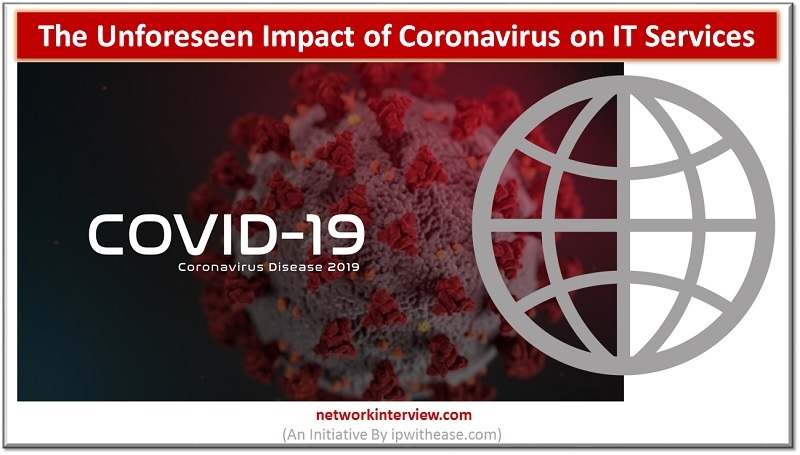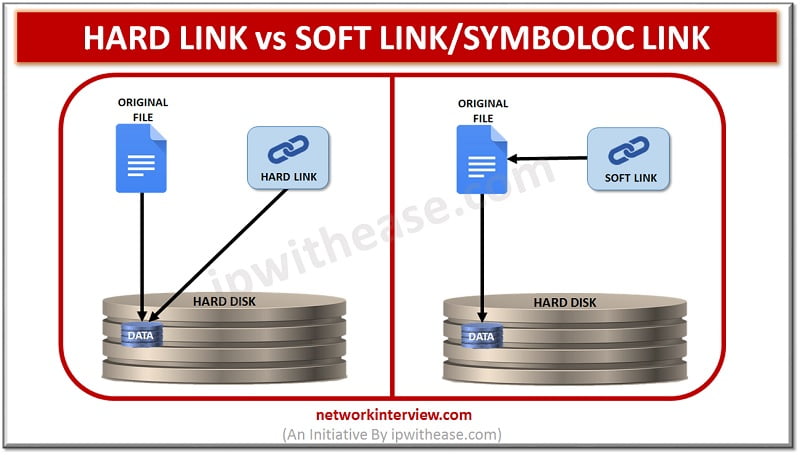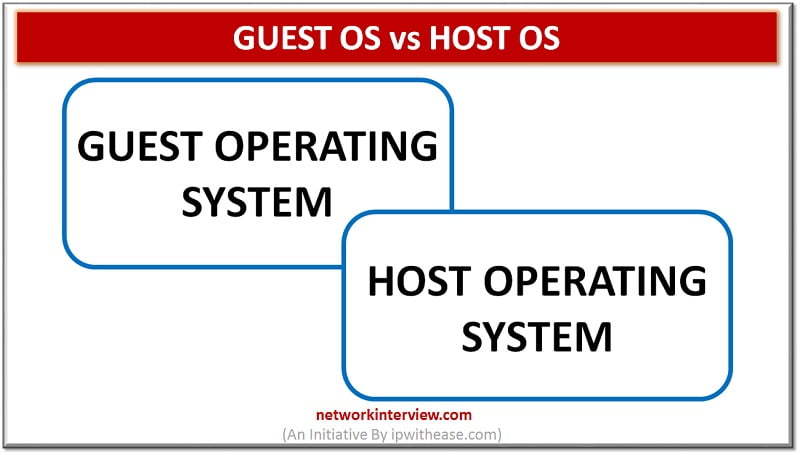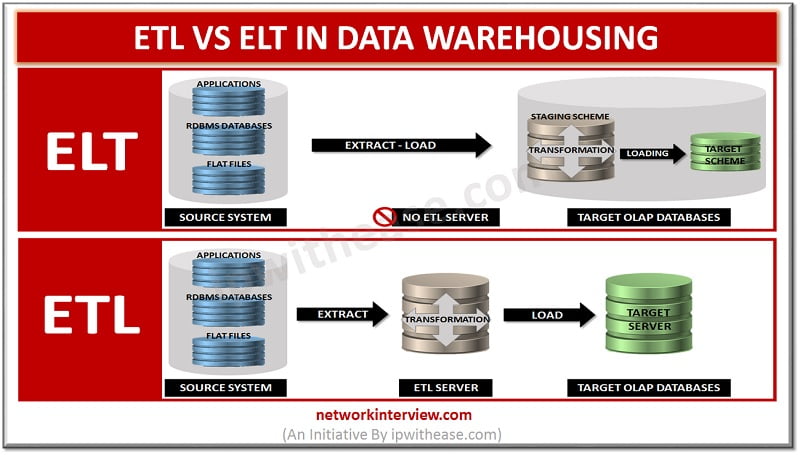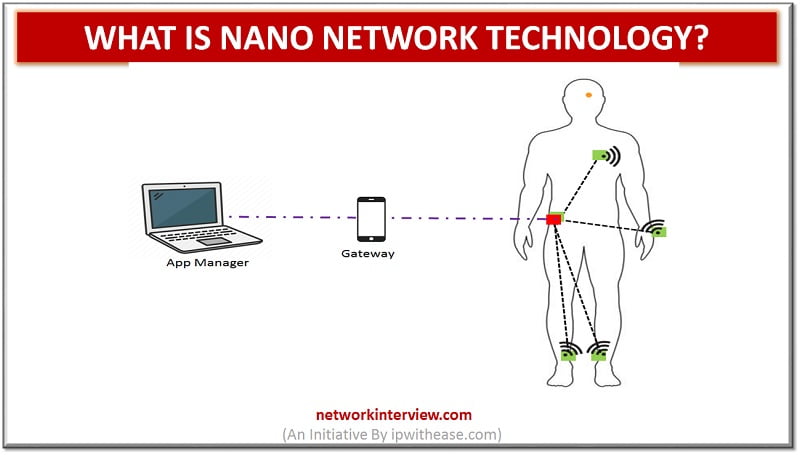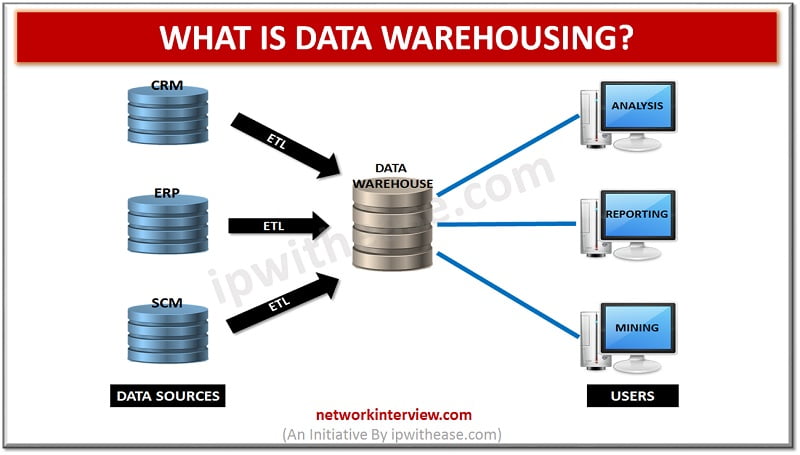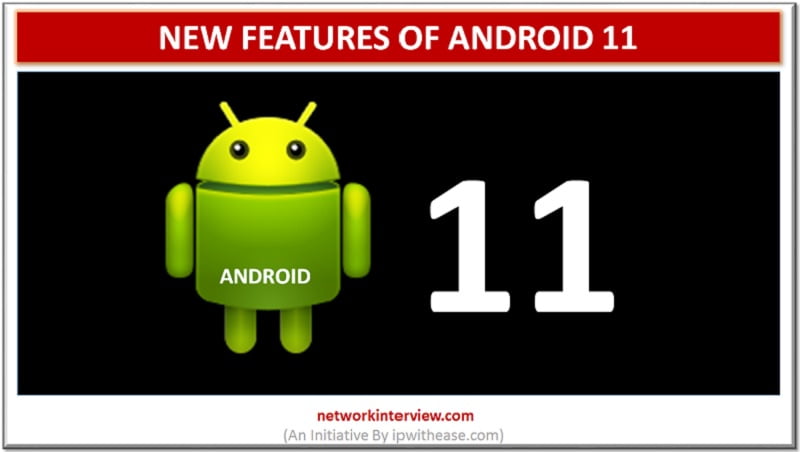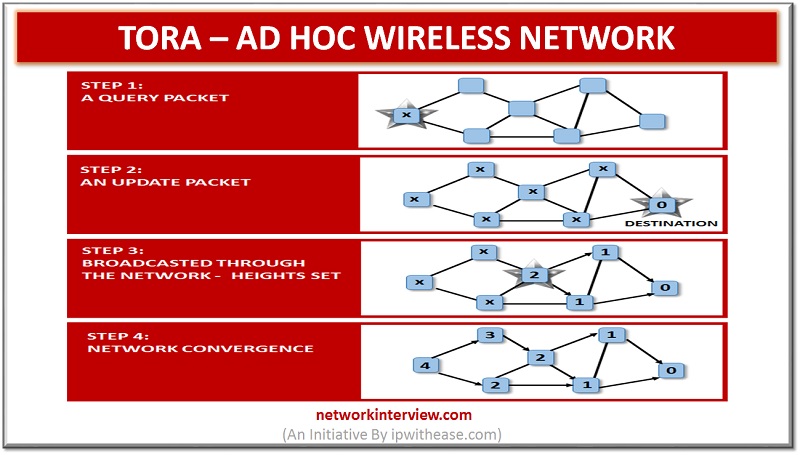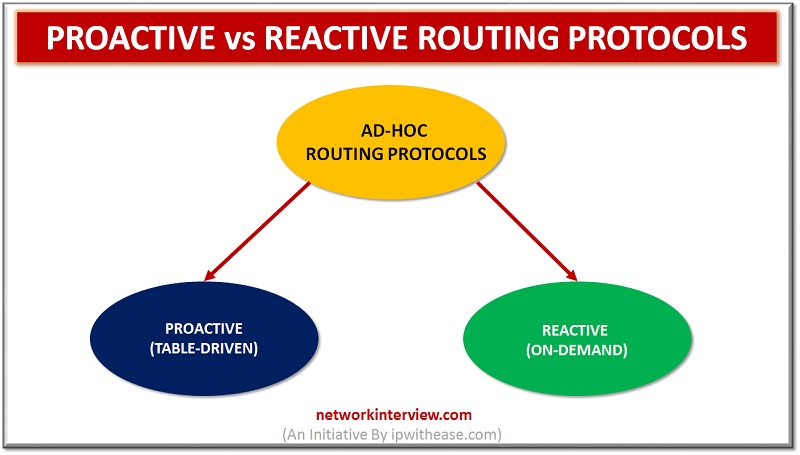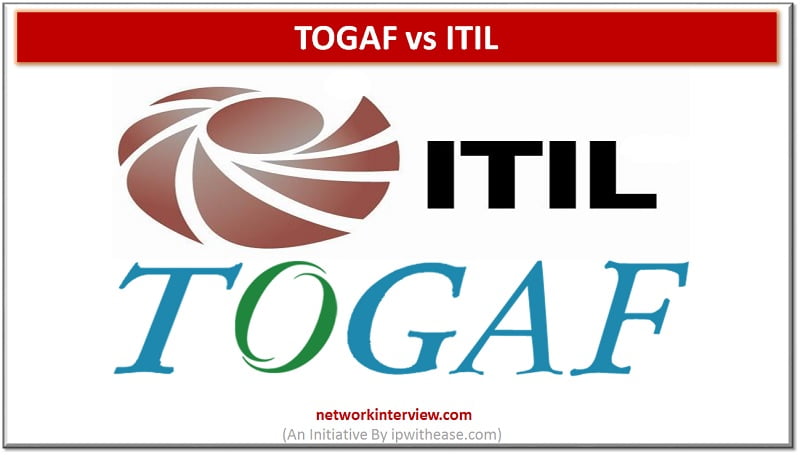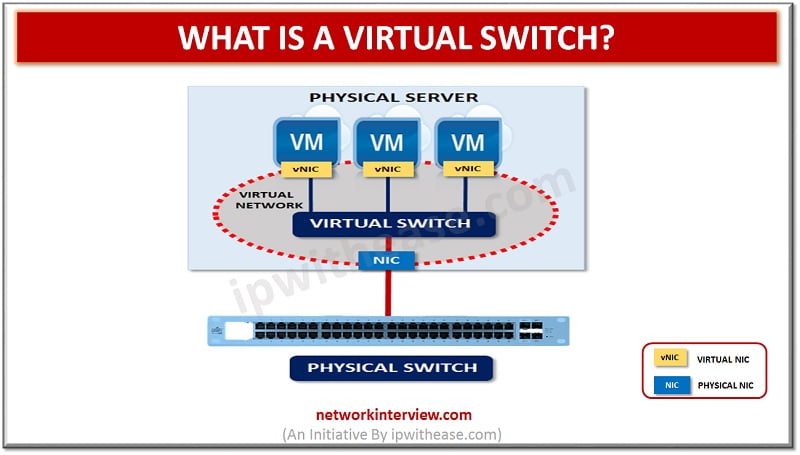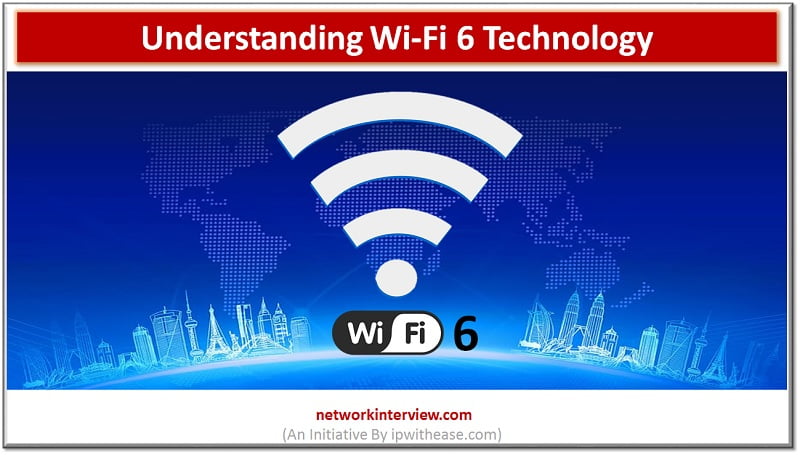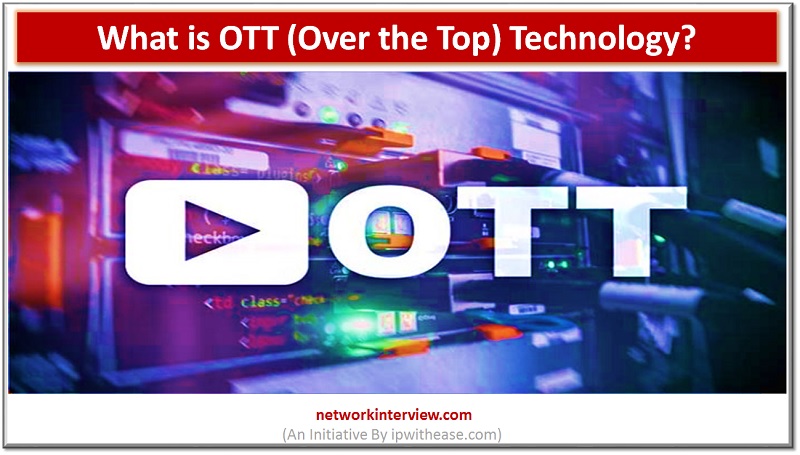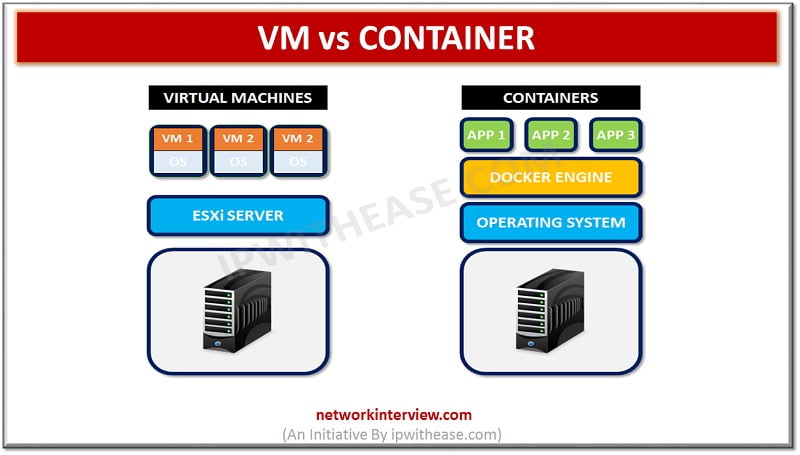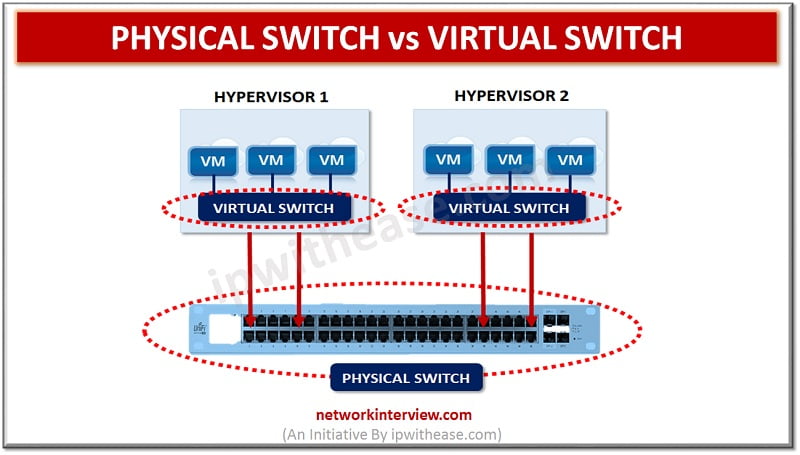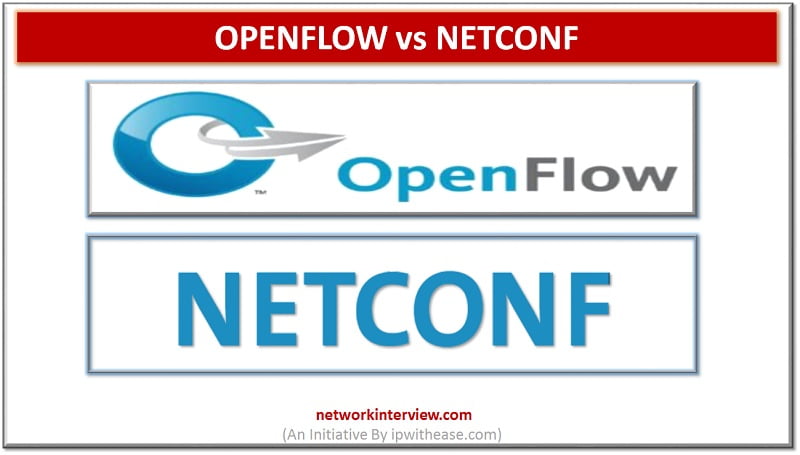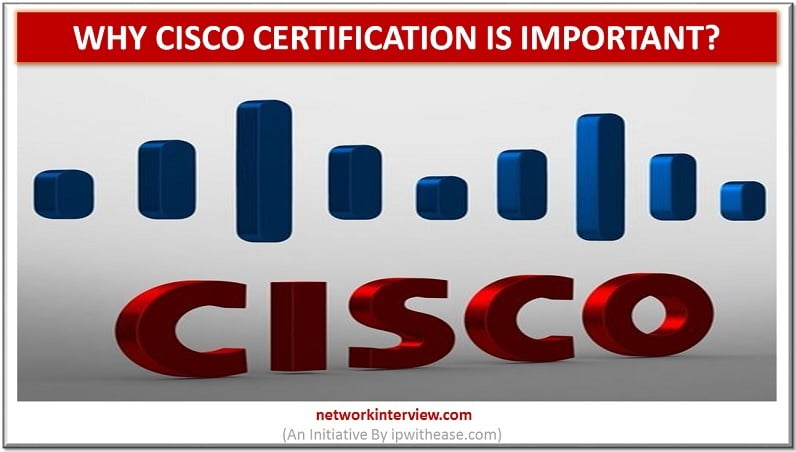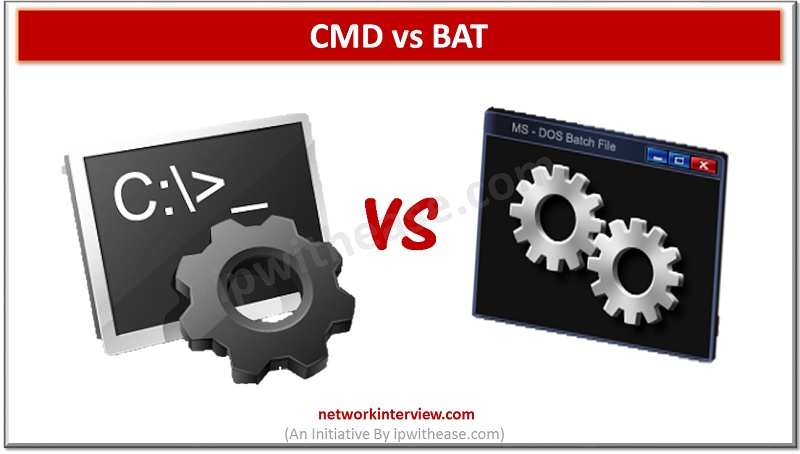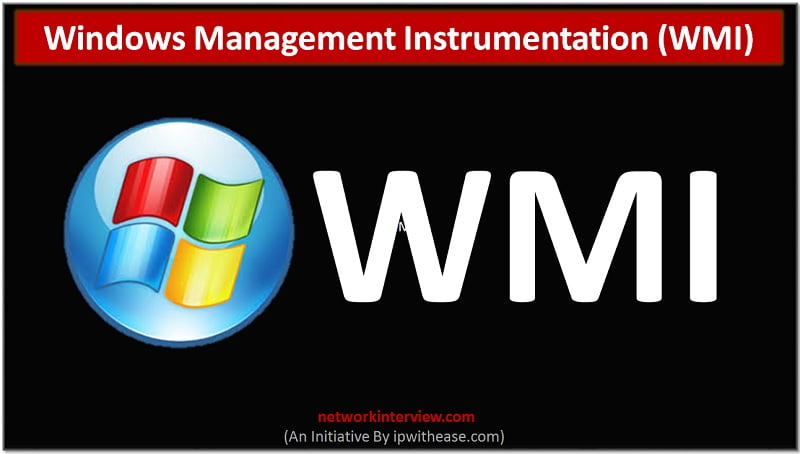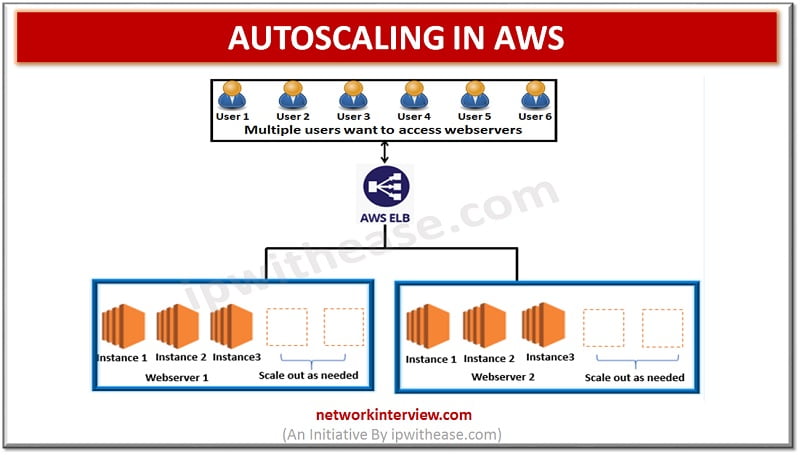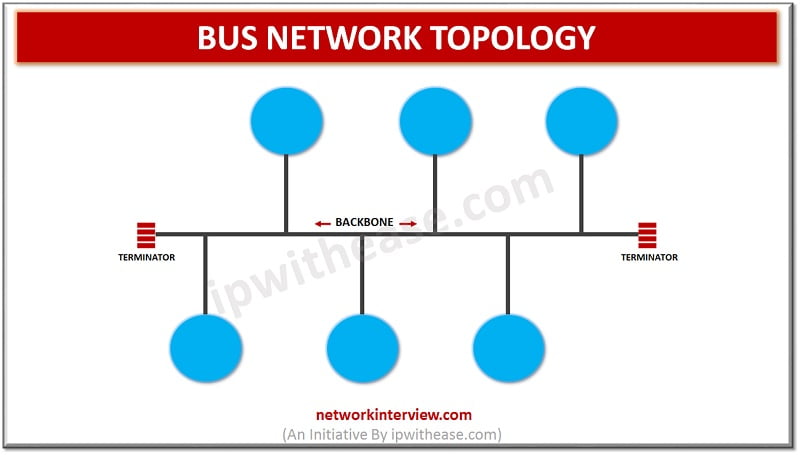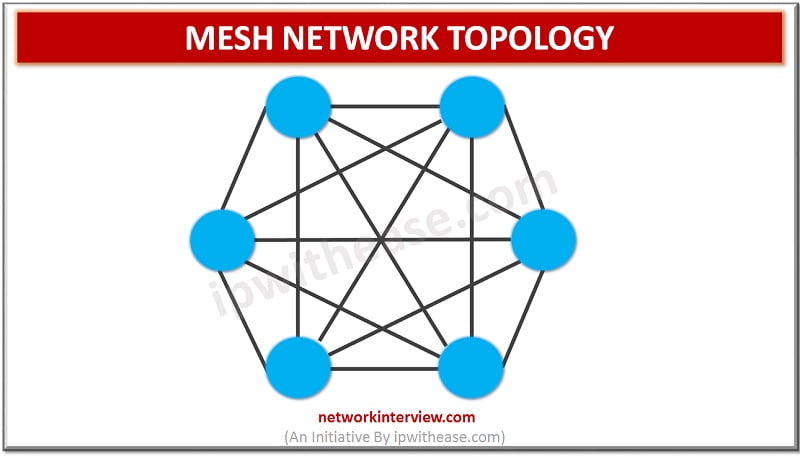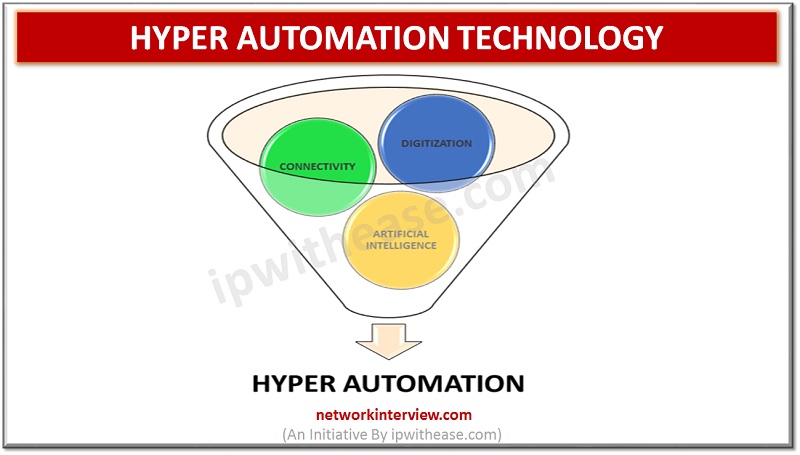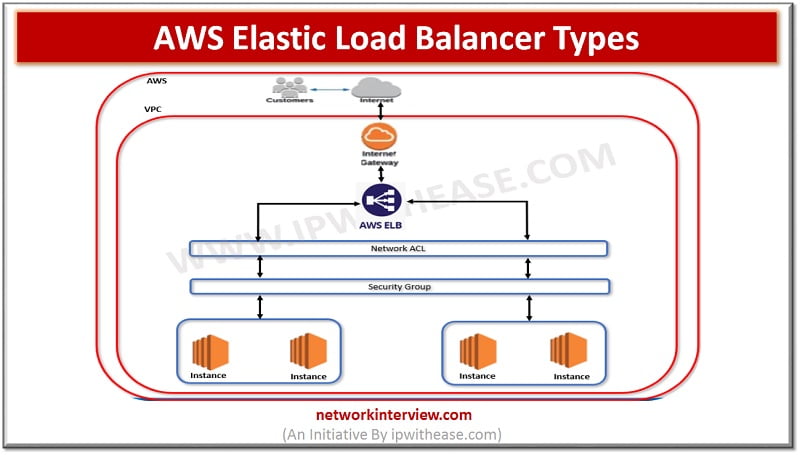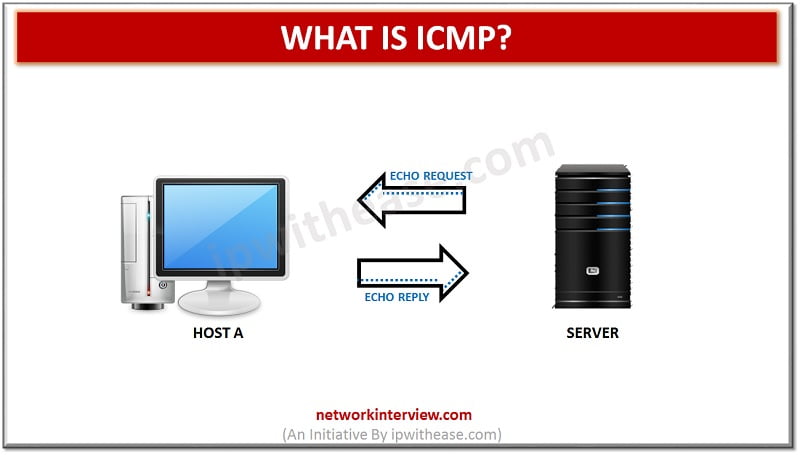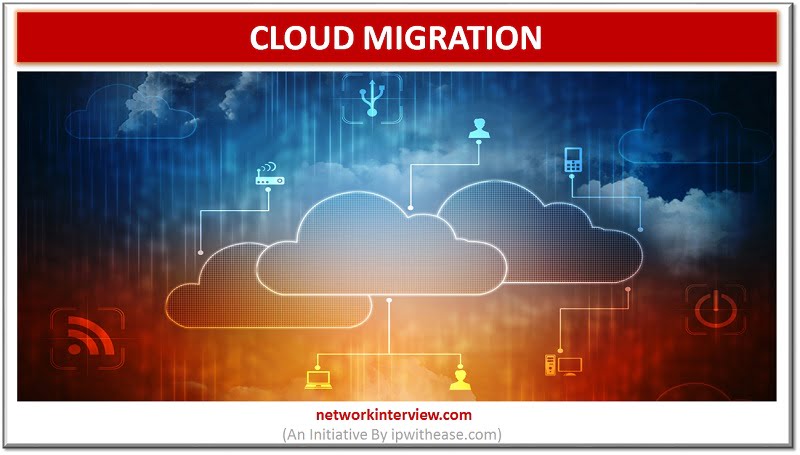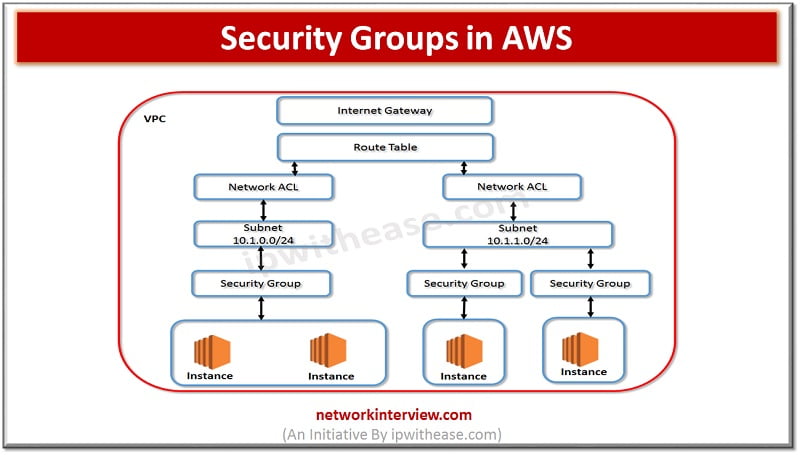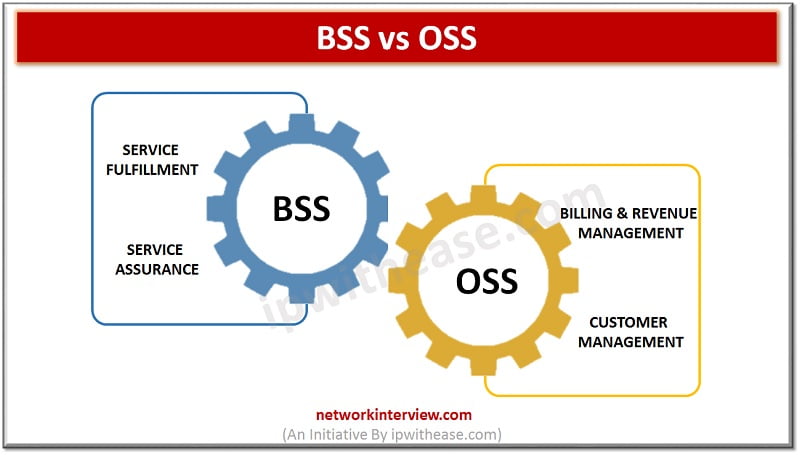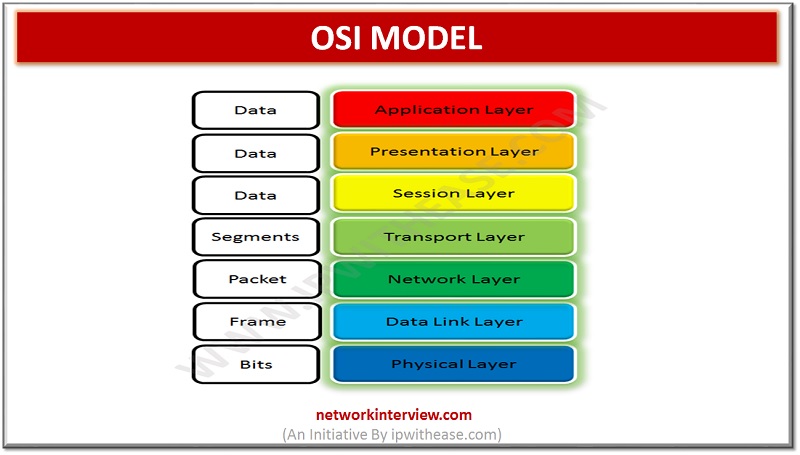Self Hosting simply denotes the fact that you own your website. It will provide you with unlimited capabilities to execute operations at your own level. In certain cases, where you are considering voluntary site operation as well as revenue generation …
In this post, we will discuss the difference between File Level Storage and Block Level Storage. File Level Storage: The storage system of Network Attached Storage and hard drives is a file level storage. Here in this storage system, the …
Ways to find MAC Address Network and System administrators are many times caught is issue of finding MAC address of some remote device in network. Physical validation of each device may be time consuming and very tedious activity. In this …
SSL SAN and its purpose The Subject Alternative Name or SAN is a form of extension to X.509 specification permitting users to stipulate additional host names for single kind SSL certificate. Basically, the SAN extension is a form of standard …
The invention of computer encouraged the mankind to take the giant leaps of aspiration with every passing decade. Right from putting first step on the Moon to measuring the nadir of the Earth at Mariana Trench, the contribution of computers …
A digital certificate, which is also termed as public key certificate is applied to cryptographically link up the ownership of public key to the entity owning the same. Here, we are going to get a better insight of what is …
DaaS is one of the latest terms in the field of cloud computing that is going to be more prevalent in future. It stands for directory-as-a-service and here we will try to understand what is DaaS (Directory-as-a-Service) and how it …
IMPACT OF CORONAVIRUS ON IT SERVICE The coronavirus pandemic has brought the modern world on the verge of a catastrophe that it has witnessed never before. The pandemic has affected manufacturing, operational and services sector equally. It is true that …
Hard link and Symbolic link Similar to the pointers in the programming languages, there are links in UNIX/LINUX which are just like pointers which point towards a directory or a file. To generate these links is like creating shortcuts for …
Guest OS vs Host OS When it comes to virtualization, several strategies are there that are popular. Your selection among these depends on several factors including imports, its development, software interface, virtual machines alters and other characteristics as well. Hosted …
Ripple and RippleNet The technology that serves both like a network for digital payment and a cryptocurrency for the financial transactions is termed as Ripple. The operation of Ripple takes place on a peer-to-peer and open source decentralized platform on …
ETL vs ELT in Data Warehousing ETL: When the data is extracted from disparate sources and then it is transformed, the process is termed as ETL (extract, transform, and load). For data transformation, the actions performed include applying calculations and …
In the information technology (IT) industry, including the network engineers is in demand for the employment purpose but the supply of candidates is decreasing. In accordance with this, in 2015, job posting had increased with 74% from the past years …
Nano Network Technology A set of interconnected nanomachines (devices a few hundred nanometres or a few micrometres all things considered in size) is known as nanonetwork. This technology is also called by the name nanoscale network. They are able to perform simple …
The process of data management and collection from different sources is termed as data warehousing for the purpose of offering useful insights of business. Analysis and connection of business data from diverse sources serves as the major purpose of data …
After the invention of Android 9 Pie, Google has announced that they will introduce a numerical order for their future OS versions. So, here we will give you an insight on the upcoming OS version that is Android 11. As …
Temporally Ordered Routing Algorithm is abbreviated as TORA which is a source that is initiated on demand routing protocol. The invention of this protocol was done in 1997 by Vincent Park and M. Scott Corson who belongs from the university …
Proactive vs Reactive Routing Protocols Routing protocols are the routes that help to learn dynamic routes. These protocols are organized on routers in regards with exchanging the information related with routing. Using the routing protocols in your network has many …
There are several certifications that are offered by Cisco Systems Inc. for the products. Many credentials of Cisco match with IT practitioner credentials of specialist, intermediate, entry level and expert-level. The managers or Network professionals are definitely valuable for the …
TOGAF and ITIL What is TOGAF? The methodology of enterprise architecture by which development of enterprise software receives high level framework is termed as TOGAF (The Open Group Architecture Framework). A systematic approach is used in TOGAF by which it …
The logical entity termed as virtual switch is the fabric of logical switching by which the switch is followed as device of layer-2 network. Functions similar to the regular network switch are ensured by virtual switch with certain functionalities of …
Wi-Fi 6 Technology With the advent of wireless technology, faster Internet is something that is non-negotiable for most of the users. It is especially demanding for most of the users as there are more bandwidth-consuming apps, videos and games becoming …
Over the Top technology The communication and transmission of data have become more secured, fast and convenient with the passage of time. With the advent of high speed Internet connection in most of the parts of the globe, it is …
VM VS CONTAINER Virtual Machines VM or Virtual machine enables you to create and operate a discrete virtual environment- an operating system, acting like an individual computer. Through VMs, softwares that cannot work on your main OS, can easily work …
Physical Switch vs Virtual Switch A good and reliable network can help you in running a business operation seamlessly. That is the reason why a professionally reliable network always come with certain vital features that ensure unflinching results as per …
OpenFlow vs Netconf There are several data programming and configuration protocols that make the flow of information seamless across the networks. Among these protocols, OpenFlow and Netconf are considered to be popular and widely used ones when it comes to …
Network Administrator Vs System Administrator Network Administrator and System Administrator are the two terms that overlap each other but in reality, they are very different from each other. In this blog, we will discuss what the roles of network administrators …
Why Cisco certification? The present day job market is highly competitive and in this scenario, it is not simple to enter the tech industry. There is no doubt that career in this industry offer high rewards but for getting the …
CMD vs BAT The importance of the batch file can be easily understood by the power users and system administrators. But, generally most of the regular computer users are unaware of these files. This indicates that people are not utilizing …
Windows Management Instrumentation (WMI) is Microsoft’s technological invention intended for taking care of Windows’ varied operational environments. Microsoft has offered set of specifications in the form of WMI for strengthening applications and devices management in the network. The information regarding …
Difference between LDAP and AD The framework of IT infrastructure of most of the organizations has Active Directory as a significant part. This significance is the reason why attackers have the Active Directory at the top of their target. In …
Autoscaling in AWS Better Fault tolerance/ better availability/ better cost management/ better scalability – These must be considered while hosting a website/ App on the server to allow smooth functioning of the website/ App. Website owners have a key requirement …
Introduction to Tree and Forest An Activity Directory is a product of Microsoft that runs on Server of Windows. It allows managing, accessing, and permissions for the network resources. The data is stored as an object in this directory and …
Network Topology refers to the physical or logical layout of a network. Ring topology is a type of network topology in which each network device is connected to two other devices, forward and backward forming a single continuous path for signal transmission. …
Network Topology refers to the physical or logical layout of a network. BUS Network Topology Bus topology is a type of network topology where each node is connected to a single cable known as the backbone. Though there is no limit …
MESH NETWORK TOPOLOGY Network Topology refers to the physical or logical layout of a network. Mesh network topology is a type of site-to-site WAN topology in which each network device is connected to every other device through a dedicated link …
HUB AND SPOKE/ STAR NETWORK TOPOLOGY Network Topology refers to the physical or logical layout of a network. Hub and spoke or star topology is a site-to-site Wide Area Network (WAN) topology. In this type of topology, we have a central device, called …
If we were speaking a decade back and one of us comes up with an idea of amalgamating machine learning and artificial intelligence to attain perfection in conventional automation industry, then most of us would have laughed at it as …
Skills required for Network Engineer In any IT setup, Network Engineer is the key and fundamental resource responsible for setup of network infrastructure on which all the services like Security, voice, wireless, messaging and Internet are made accessible. A network …
Elastic Load balancer types in AWS Application availability, continuity of service, greater performance of the application – These are the things we would always require from a platform owner while designing the network and answer to this in AWS is …
ICMP stands for the Internet Control Message Protocol. It is a primary protocol in the Internet Protocol Suite. It is used by network devices to relay an error message and management queries. It helps to reroute the message to its …
Cloud Migration Cloud computing is a technology that involves delivering different hosting services over the Internet using various hardware and software. Cloud computing allows we can access any files from anywhere in the world. It creates files remotely accessible. It …
Security Groups in AWS I am sure that while working on Security groups, we do ponder about Firewalls and Rules i.e. allowing or denying traffic based on hardware or software firewalls. In case of AWS security groups are very similar …
BSS vs OSS Two terms which in limelight especially in Telecom Operation world are BSS and OSS. BSS stands for Business Support Systems while OSS refers to Operations Support Systems. By their names, both the terms may seem complementary, however …
Open Systems Interconnection (OSI) Model It refers to a logical and conceptual network model that defines the network communication protocol that is used by open systems to communicates and connect with other network systems. This network model has seven subcomponents. …


